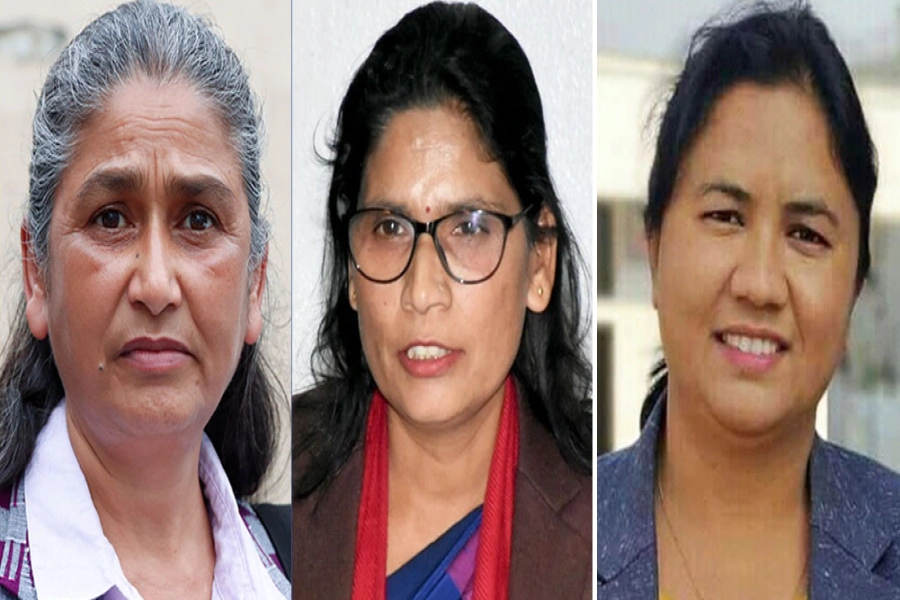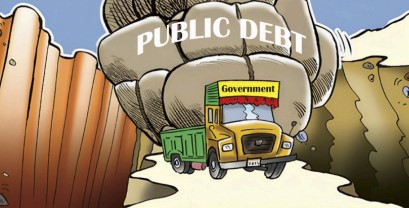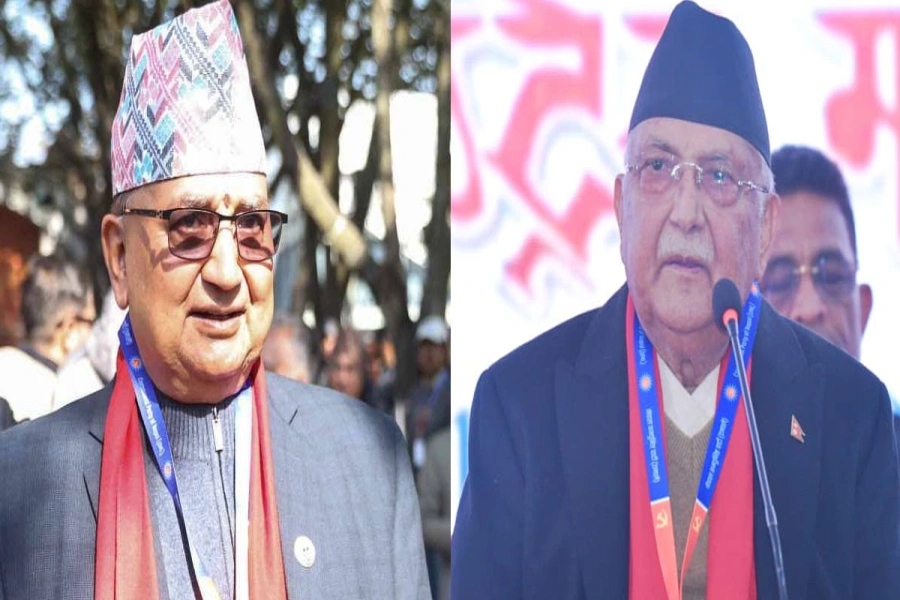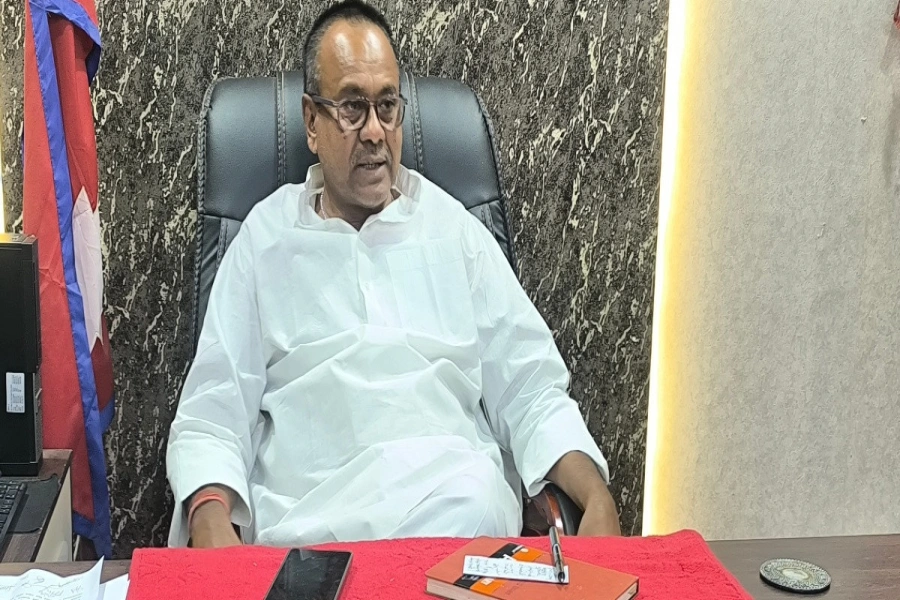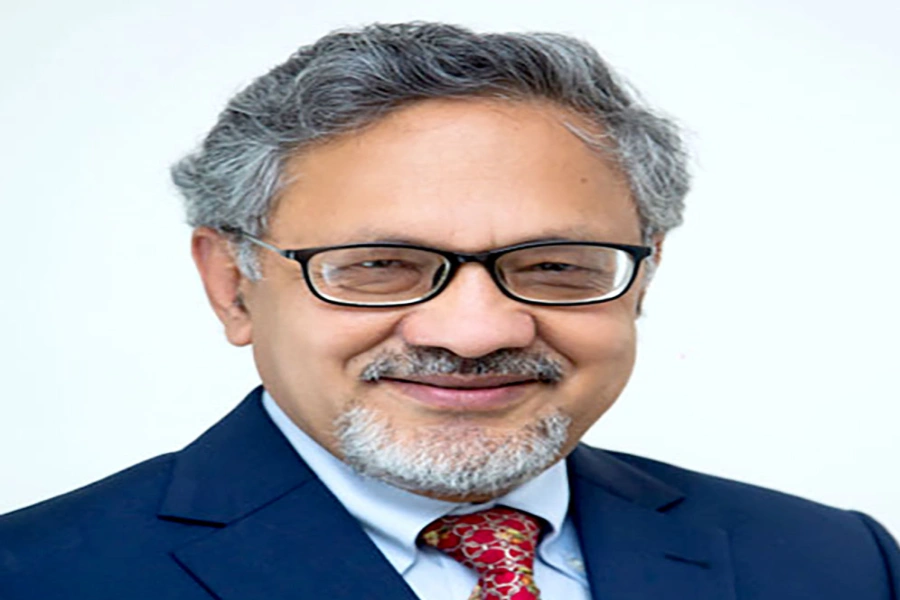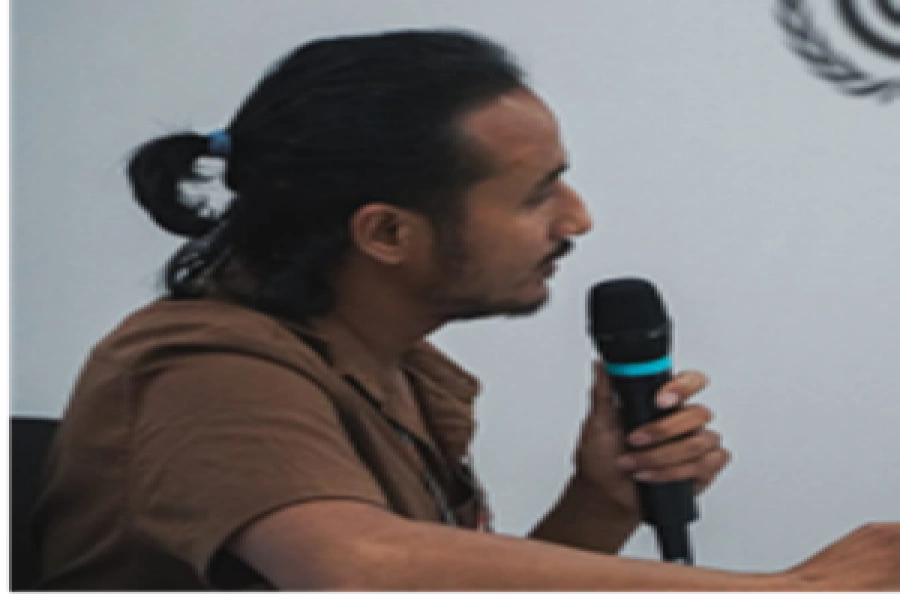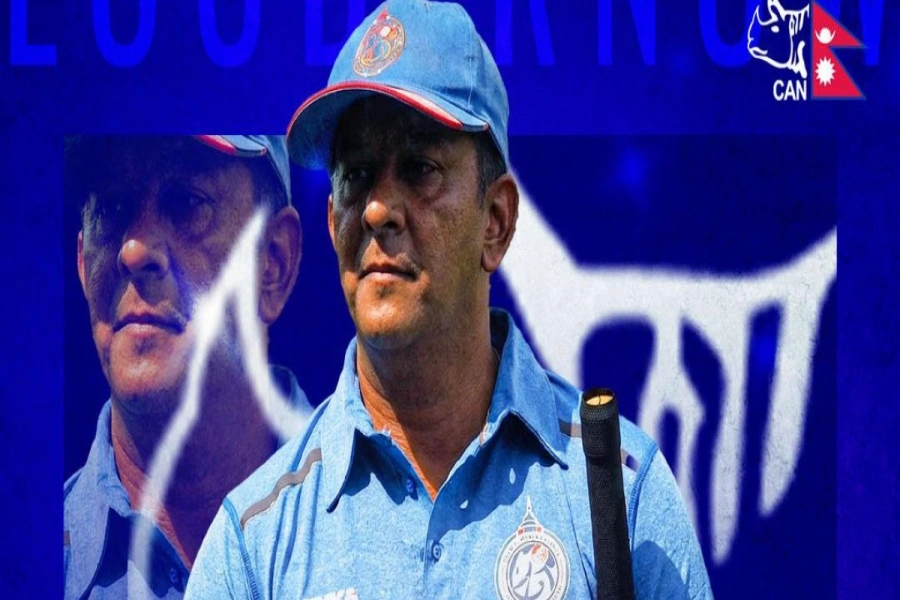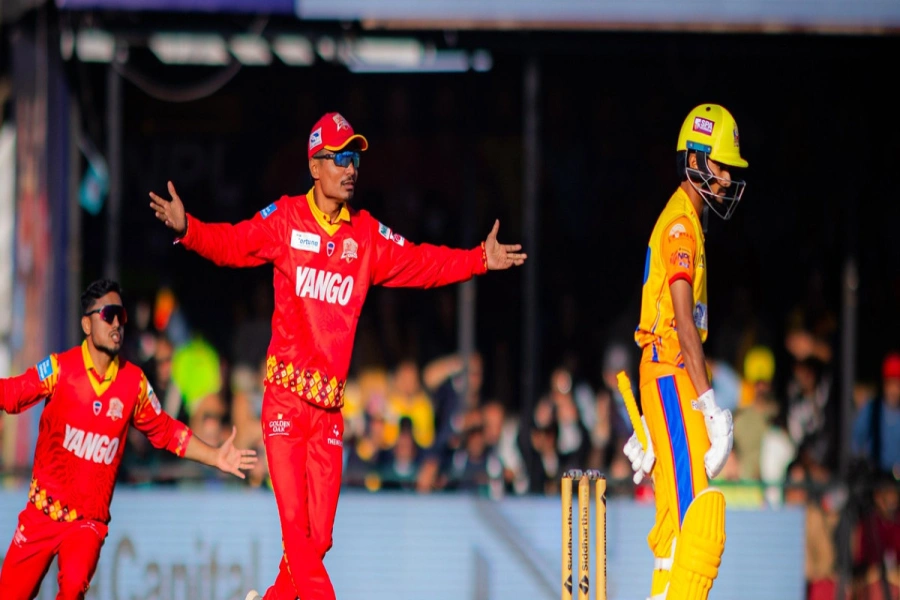Paul A Samuelson and Robert Solow are the two prominent post-World War II economists who shaped the field more comprehensively than others. Samuelson is famous for many ideas, and known to the rest of the world through his textbook “Economics” currently in its 19th edition, and translated into about 40 languages. Anyone who has studied economics no matter where in the world, knows his name.
Samuelson was the first American to win the Sveriges Riksbank Prize in Economic Sciences (also known as the Nobel Prize in Economics). He served as an advisor to 13 US presidents. Several of his students have gone on to win the Nobel Prize. Samuelson’s best friend and colleague was Robert Solow, famous for the Solow Growth Model-- which forms the basis of many development policies worldwide. Samuelson and Solow brought Keynesian Economics to this side of the Atlantic and devoted their lives to MIT. Paul Samuelson died in December 2009 at the age of 94. Today, at his memorial service, Robert Solow is fittingly the Master of Ceremony.
From 1950 onward these two giants shaped the economic and development policy of many countries. In fact, Samuelson is known as the father of modern economics, also known as the Neoclassical synthesis by combining the ideas of Keynes with the ideas of the neoclassical school. Under the guidance of Samuelson, MIT’s economics department evolved as one of the top economics departments in the world that has produced a number of influential economists of the past sixty years.
There are many prominent speakers gathered here today including Paul Krugman, a Nobel Prize winner and one of Samuelson’s students, and Lawrence Summers, senior economic advisor to President Barack Obama . Larry Summers now stands to my right on his way to the stage, chatting with his colleagues. Amartya Sen, who taught at MIT, is sitting not too far away. Paul Samuelson was clearly a giant who produced giants.
The hall is full, and Solow calls on the audience’s attention to begin his speech. The din has dissipated and the slideshow has ended. Solow is projected on the screen in real time. He is now introducing the speakers as I type.
Krugman remembered his teacher as an exceptionally clear thinker. Larry Summers remembered him as a great human being. Other speakers remembered his playfulness and devotion to MIT. The ceremony has ended with the unveiling of a portrait that will hang next to the portraits of other prominent economists such as Adam Smith, David Ricardo, Thomas Malthus and John Maynard Keynes. The academic dignitaries are mingling in the lobby for a reception. There is an overwhelming sense that the audience has gathered to mark the passing of a great man, and the successful establishment of his immensely influential academic discipline: economics.
In this moment of introspection for the field of economics, which began with the recent financial crisis, remembering a giant who gave direction to the field during the 1940s crisis can provide the economists with solace and inspiration. Such professional solidarity no doubt comforts those who believe that economics will adapt itself to the recent crisis and will provide us with the ways to avert such crises in the future. Maybe in the future economics will become overly technical, and puritanically narrower field than the one Samuelson initiated.
Ironically, it appears that Samuelson himself pushed the discipline of economics toward mathematics. He rigorously refined the ideas that would clarify the thinking of policy makers and students everywhere. In his speech, Paul Krugman asserted that Samuelson deserved eight Nobel Prizes, one for each field he created. His style of employing mathematics to explain vague social problems became popular. Thanks to Samuelson, every graduate student of economics needs to have a solid training in basic mathematics.
Yet, there is a subtle difference. Samuelson used mathematical models cautiously and playfully, to clarify aspects of knowledge gained from living in the economic world. Today, however, economists are using it to intimidate, muddy and claim authority over aspects of economic life that they themselves don’t really understand. Once mathematics was a weapon of those seeking simplicity and clarity, it has now become a tool to intimidate those opposing economic recommendations. Moreover, in today’s world, unintelligible models confer power to suppress non-economists and non-mainstream thinkers, who question the discipline.
Today’s memorial service for Paul Samuelson has another dimension to it. As the speakers suggested, academic economists have reached yet another moment of uncertainty. The recent financial crisis and the revelation--or, more precisely, the reminder--that markets do not self-regulate has clearly sparked a debate on the neo-classical economics that forms the basis of today’s mainstream economics. This moment brings to mind the unforgettable public repentance of Alan Greenspan, former Fed chairman, during a recent testimony in the Senate for believing in a flawed model. The financial crisis, he admitted, was due to a flaw in the model he had in mind; in reality self-interested individuals did not regulate themselves.
Now the question is: Where will this new post-free-market revolution in economic thinking come from? As revealed by one of the speakers, Samuelson was once branded an eclectic. And Samuelson’s reply was, “Yes, I am eclectic. But only because Mother Nature is eclectic”. There are rumblings that the next revolution in economic thinking will come from those who, having mastered the sophisticated models inspired by the revolution which Samuelson pioneered, are willing to admit that nature alone can teach. Where Samuelson fought to introduce mathematical clarity into a vague discipline, these new revolutionaries will fight to introduce social insights into the abstract field of economics.
(The author is pursuing PhD in Economics and Urban Planning at MIT.)
pokharelatul@gmail.com
All night long



